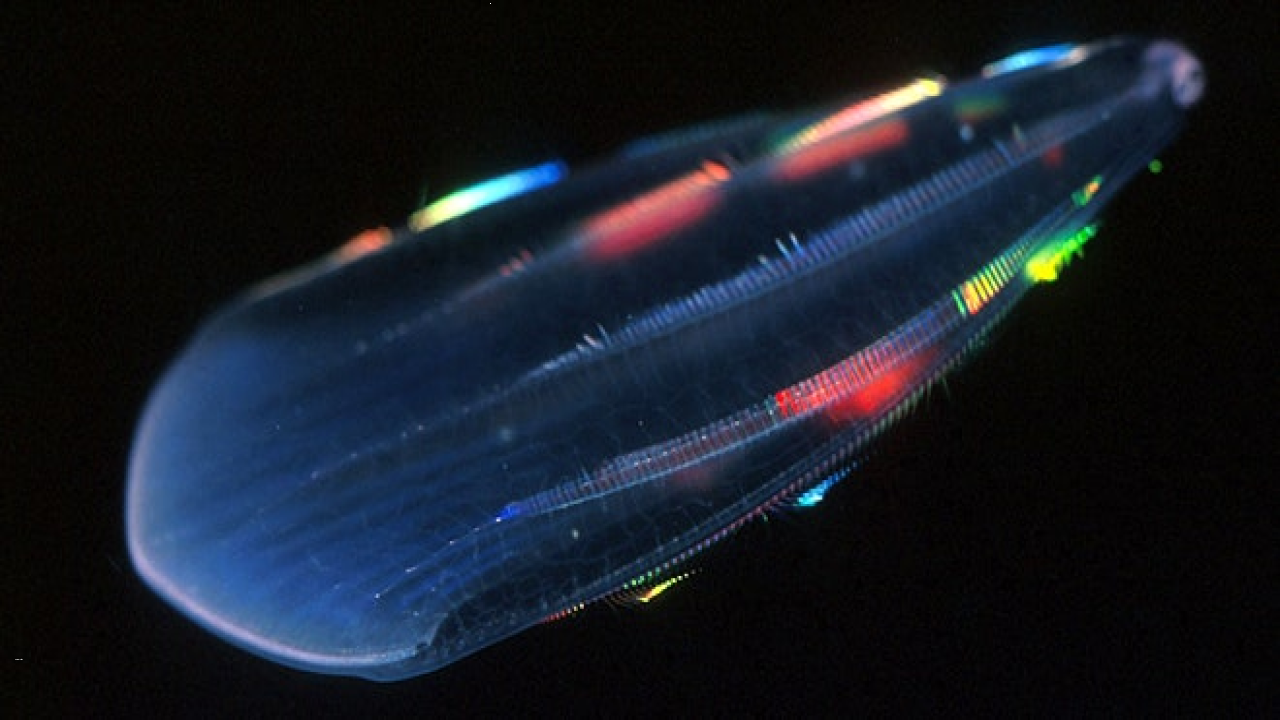Comb Jellies and Their Unique Neurons
Comb jellies, also known as ctenophores, have always captivated scientists and nature enthusiasts alike. These marine creatures boast a jelly-like body enveloped in iridescent combs, making them a visual wonder. Not only are they considered a prime candidate for the earliest branched-off animal lineage, but they also possess an impossible nervous system that has sparked curiosity within the scientific community.
Absence of Synapses: A Surprising Revelation
Researchers at the University of Bergen have cultivated comb jellies in a lab environment. Their research delved into the intricate nerve-net neurons of comb jellies. The study revealed that, unlike other animals, including humans, whose neurons are connected by synapses, the nerve-net neurons of comb jellies are continuously linked by a single plasma membrane. The finding contradicts previous beliefs that neuronal networks are either continuous syncytium or comprised of discrete cells connected by synapses.
Debating the Evolution of Ctenophore Nervous Systems
Ctenophores have been at the center of heated debates regarding their position in the animal kingdom and the evolution of their nervous systems. Genomic sequencing studies published in prestigious journals, such as Science and Nature, provided evidence supporting the theory that ctenophores form the earliest branch of the animal kingdom. However, the evolution of their nervous system remains enigmatic.
A Unique Nervous System with Implications for Understanding Brain Function
Notably, the ctenophore genome and gene expression studies revealed intriguing findings. Classical neurotransmitter pathways commonly found in other animals were absent in ctenophores. Additionally, ctenophore neurons did not express the typical genes associated with animal neurons. These unique characteristics have led researchers to propose the independent evolution of the ctenophore nervous system.
Unraveling the Mysteries: Future Research Directions
Scientists are expected to further investigate the nerve-net neurons in ctenophores. The upcoming research aims to understand if adult ctenophores retain the syncytial nerve-net or develop synapses. These investigations hold the potential to shed light on the functional and evolutionary significance of the syncytial nerve-net neurons.
Month: Current Affairs - May, 2023
Category: Science & Technology Current Affairs


